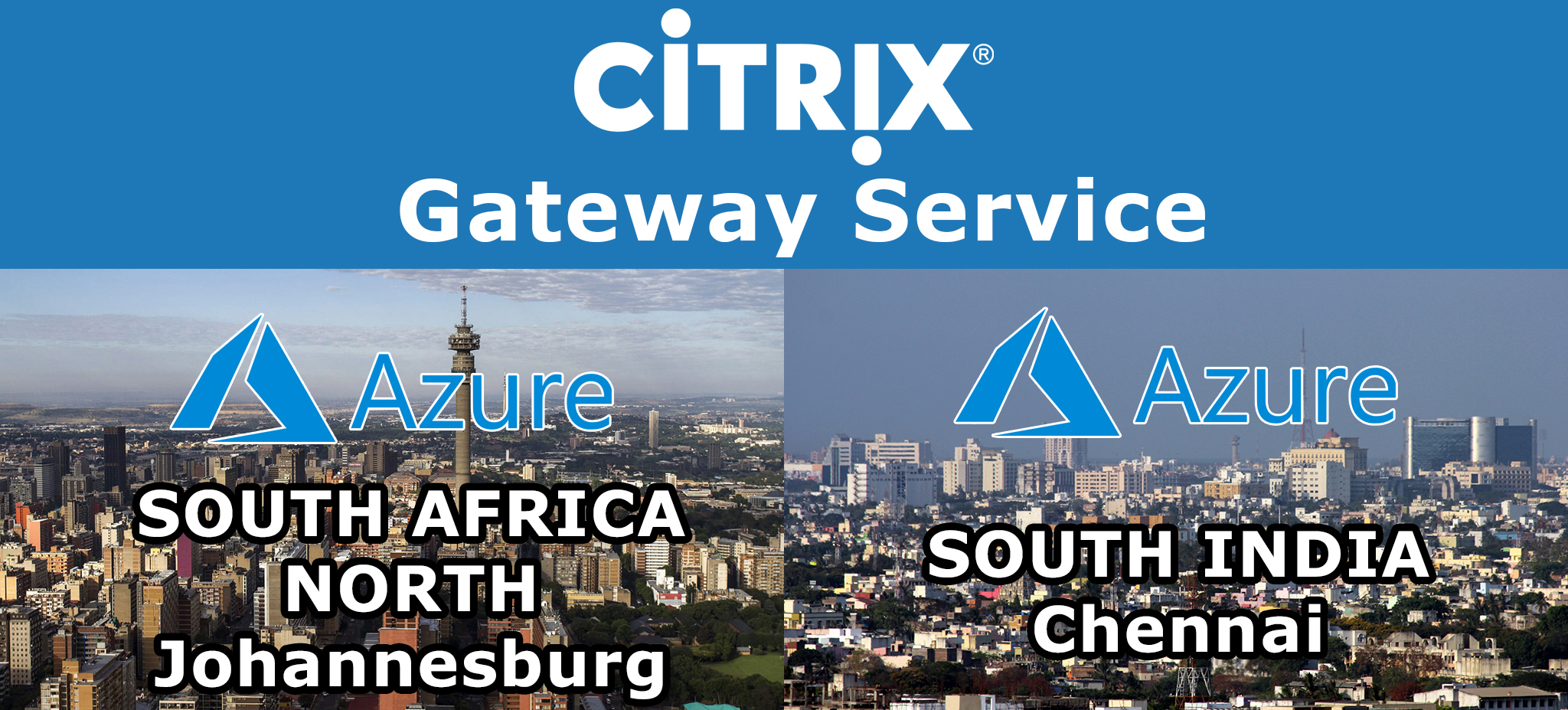
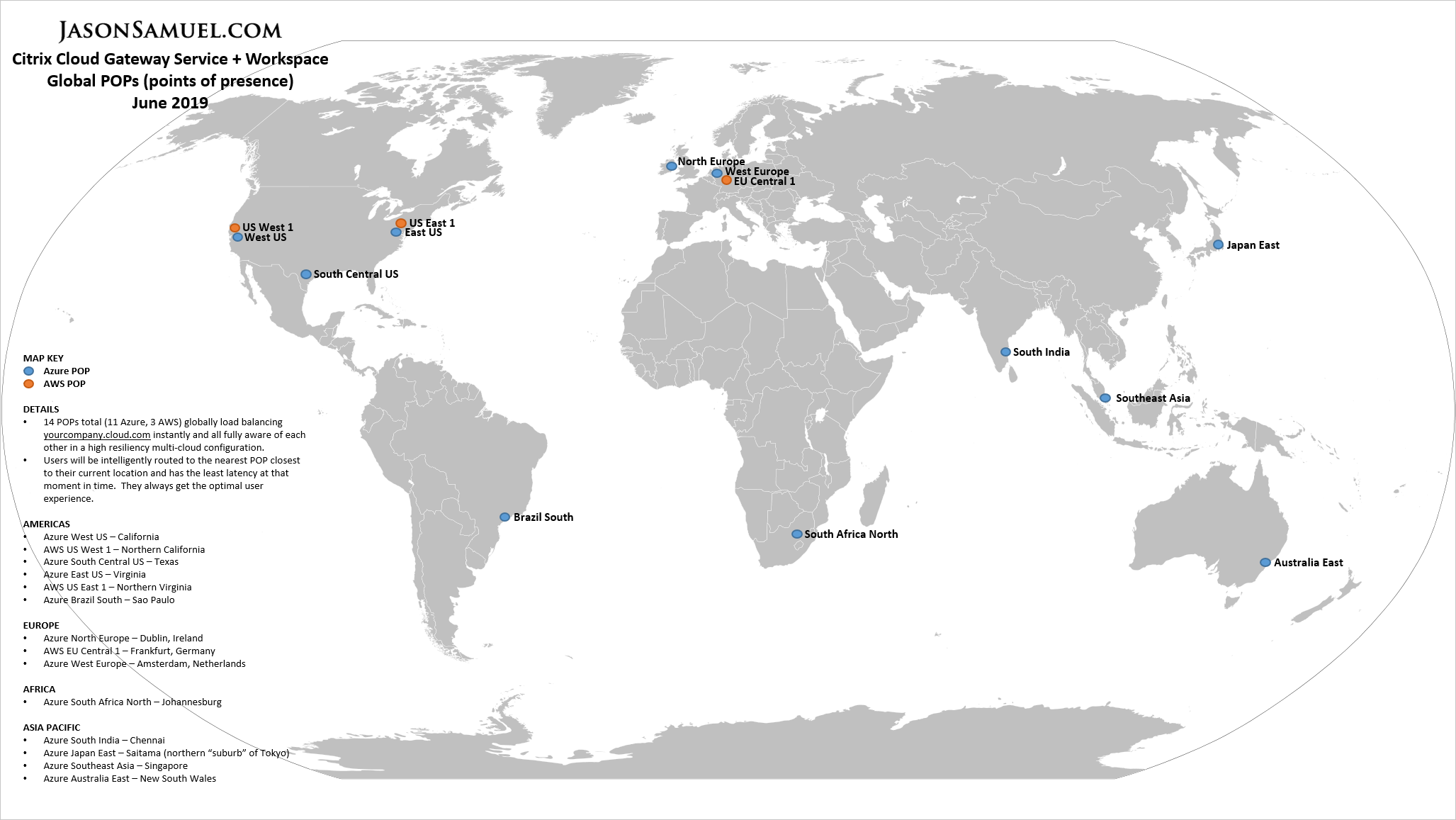
The Citrix Cloud-based Gateway Service is something I’ve been utilizing at large enterprises for HDX proxy traffic with great success. I wrote about it here in detail earlier this year:
A closer look at Citrix Workspace and Gateway Service in Citrix Cloud for companies moving off of on-premises StoreFront and NetScaler Gateway
https://www.jasonsamuel.com/2019/02/11/a-closer-look-at-citrix-workspace-and-gateway-service-in-citrix-cloud-for-companies-moving-off-of-on-premises-storefront-and-netscaler-gateway/
The Gateway Service was composed of 12 POPs (points of presence globally) with 9 being in Microsoft Azure and 3 being in Amazon Web Services (AWS). One of the things announced at Synergy a few weeks ago in May 2019, but without any big fanfare on the main stages, is that 2 additional POPs are now online for a grand total of 14 POPs! And they are in regions some of my customers have been asking for!
The Gateway Service itself is pretty robust already with the pre-existing POPs. You want to keep your on-prem data center workloads or public cloud-based workloads (namely apps and desktops) as close as possible to your end-users. If your users were not in any of these pre-existing POP regions, they would still route to the nearest Gateway Service POP close to them. If the users’ apps and desktops were in a different region than that POP they connected to, as long as they were in the same public cloud, such as Azure, you had the benefit of using the backbone to communicate for that heavy traffic. So at the end of the day users in remote regions had a better user experience and less latency compared to some of the older remoting capability they had, but it was still not as optimal as having a POP right next to them. That last mile in some of these regions was always the hurdle. And now that hurdle is gone.
South Africa North region in Azure
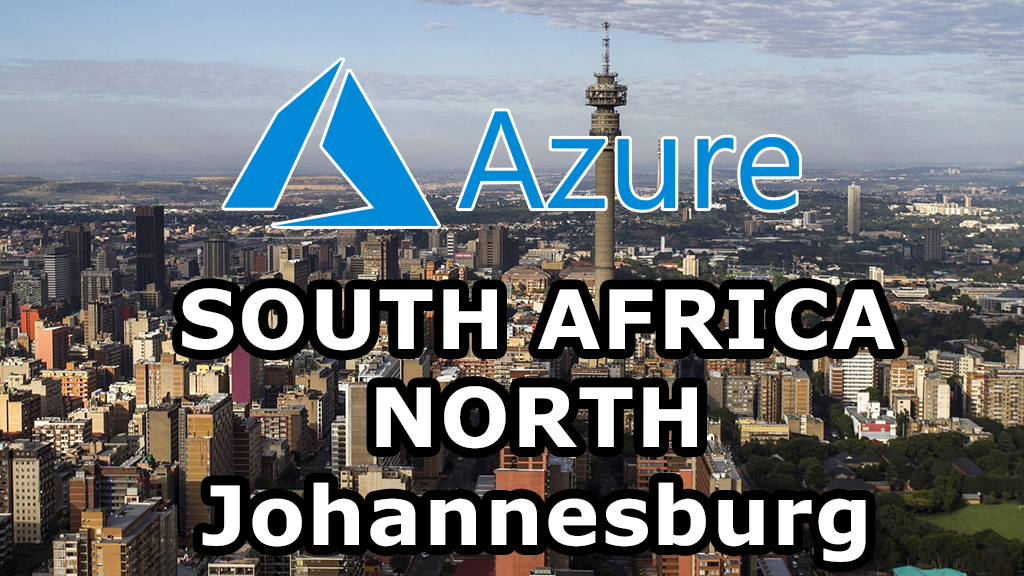
The Azure South Africa North region went live pretty recently in March 2019. It is based out of the Johannesburg, South Africa data center. It is the largest city in the country of South Africa. There is also another South African data center that Microsoft brought online around the same time called South Africa West based out of Cape Town, South Africa. These 2 data centers in Azure are the first public cloud regions for Microsoft in the continent of Africa. The other big public clouds, AWS and GCP, do not currently offer active regions in Africa. AWS is in the process of bringing up their first datacenter in Africa in the city of Cape Town but no ETA. Microsoft was first to expand into the African continent with not 1 but 2 datacenters. Now I can start spinning up virtual apps and virtual desktops for users in Africa to pair with this new Gateway Service POP. 🙂
South India region in Azure
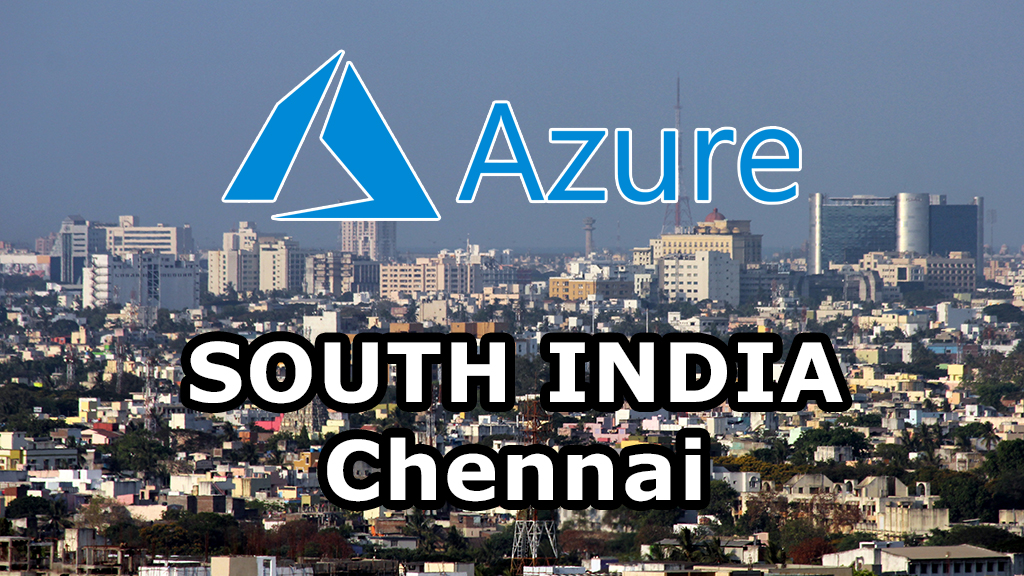
The Azure South India region went live in September 2015 so is a pretty established region. This Microsoft data center is based out of the city of Chennai which is the capital city of the state of Tamil Nadu. Microsoft Azure also has the Central India region based out of Pune and the West India region based out of Mumbai. I work with many companies with a large user base in India so this was much-needed POP for a low latency HDX experience for them. This means far less latency than having to go through the previously closest Azure Southeast Asia POP in Singapore as many of my customers were doing.
Where are the 14 Citrix Gateway Service POPs located?
So what cities, states, or countries are these Azure and AWS data centers in that the Gateway Service is using for points of presence? I’ve created an updated map below with all the POPs charted out as of June 2019. Click on the image to enlarge the map:

Here is a listing of all the POP locations by region of the world for your reference:
AMERICAS
- Azure West US – California
- AWS US West 1 – Northern California
- Azure South Central US – Texas
- Azure East US – Virginia
- AWS US East 1 – Northern Virginia
- Azure Brazil South – Sao Paulo
EUROPE
- Azure North Europe – Dublin, Ireland
- AWS EU Central 1 – Frankfurt, Germany
- Azure West Europe – Amsterdam, Netherlands
AFRICA
- Azure South Africa North – Johannesburg
ASIA PACIFIC
- Azure South India – Chennai
- Azure Japan East – Saitama (northern “suburb” of Tokyo)
- Azure Southeast Asia – Singapore
- Azure Australia East – New South Wales
What is the latency from the user to each of these regions?
I hope that one day Citrix offers some kind of Gateway Service latency monitoring built right into Citrix Director. To see which Gateway Service POP the user is currently using as well as the next best POP the Citrix Intelligent Traffic Management (ITM) service routing intelligence that runs in front of these Gateway Service POPs thinks may be better. It would be nice to know which alternative POP or series of POPs the user may switch over to in the event the current POP becomes sub-optimal. Way down the road it would be nice to have some kind of data visualization with dots as we’re seeing with many big data services these days. To click on a dot (a user session) and drill down into it, like Darktrace for example.
For now, I like to use the Azure Speed Test 2.0 tool and the AWS region speed test tool to see which Azure and AWS regions are optimal for the user. These are the tools I use to figure out which region the virtual apps and virtual desktops in the cloud need to be deployed in optimally for the user. It is not necessary for you to do this type of testing with Gateway Service unlike IaaS workloads, as the Gateway Service automatically routes down the optimal path. I just use it to satisfy my own curiosity:
http://azurespeedtest.azurewebsites.net/ – Azure Speed Test 2.0 tool
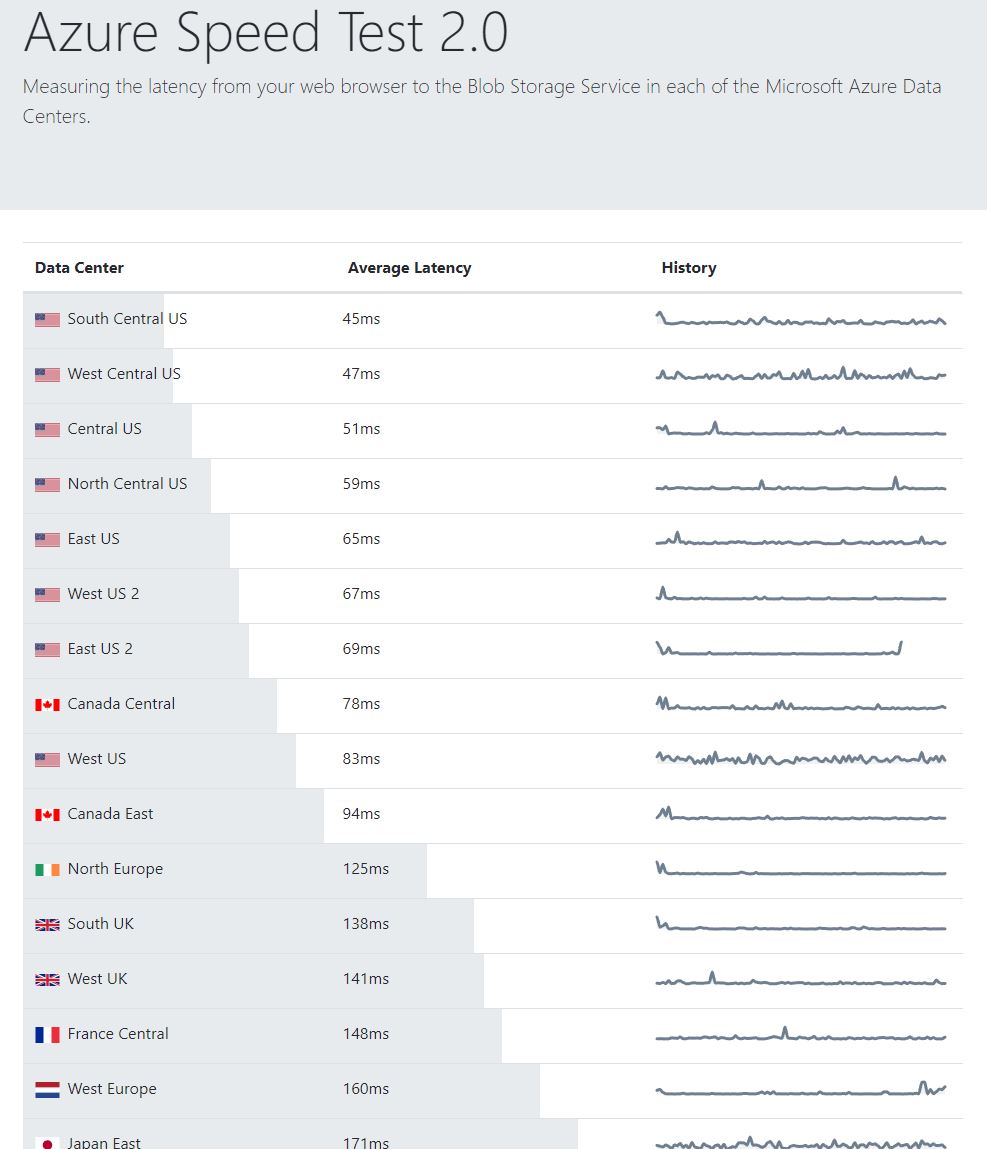
http://awsspeedtest.xvf.dk/ – AWS Region Speed Test tool
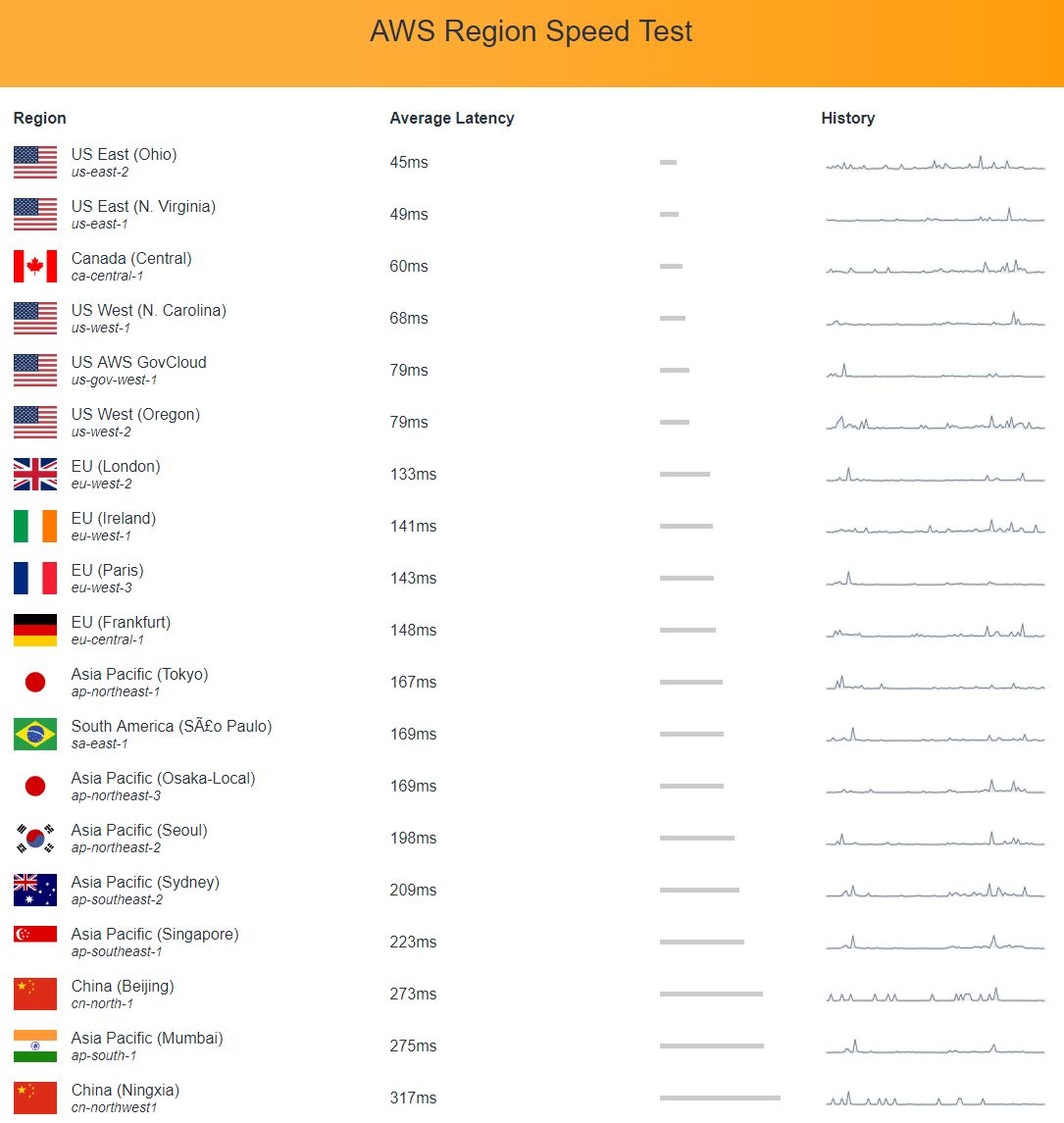
I also want to point out that some regions may be 1 single data center, but other regions can be much more. Right now there are 54 Azure regions but around 130 edge nodes which gives you an idea of the number of true data centers Microsoft has. For example, Azure South Central US is primarily out of San Antonio, Texas but has 7 data centers currently and counting! I used to walk around in one of them! This is not really your concern as the consumer. Microsoft will handle all the traditional data replication and network connectivity us infrastructure veterans in the industry have traditionally had to lose sleep over. Software-defined everything has given us simplicity and free time to work on architecting more important strategic concepts. In the case of Azure, things like availability zones, availability sets, update domains, fault domains, etc. that are necessary to plan for when offering a highly available service to your users.
Microsoft is hard at work bringing up the Middle East region with data centers in UAE North in Dubai and UAE Central in Abu Dhabi. Amazon is hard at work bringing up its Middle East region with its first data center in Bahrain. Currently, there is no major public cloud presence in the Middle East, but there are a lot of global multi-national customers asking me for a Gateway Service POP in that region. What public cloud regions do you have a high user population in and would you like the Citrix Gateway Service to expand to next?






Vincent
June 20, 2019 at 9:11 AM
Thanks Jason for the brief details about Netscaler PoP. My users in Africa trying to connect to VDI but i see there is problem in routing mechanism. Users in Africa are routing via Netherlands PoP.
Have you encounter this problem?